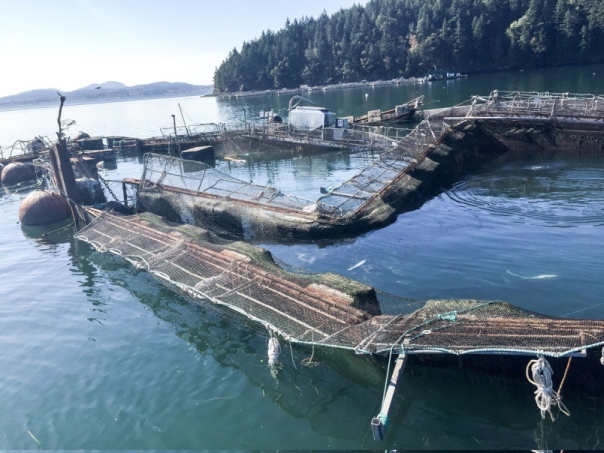The Liberals have continued on with the colonial attitude towards indigenous people. Trudeau speaks with a forked tongue.
The First Nations Child and Family Caring Society has refused funding from the federal government because it doesn’t accept donations from funders that harm children.
Canada didn’t pass the society’s “ethical screen” and it has declined $149,000 in funding from Indigenous Affairs said executive director Cindy Blackstock.
“We don’t accept funds from groups that are harming children or who are violating Indigenous rights,” Blackstock told APTN National News Thursday. “Their conduct falls outside of our ethical screen to receive funds from donors.”
Blackstock’s comments come on the one year anniversary of a historical ruling by the Canadian Human Rights Tribunal that found Canada guilty of discriminating against First Nations children by chronically underfunding programs and services compared to non-Indigenous children.
Since that ruling, the tribunal has issued two non-compliance orders against Indigenous Affairs for failing to meet standards set by the tribunal said Blackstock, who first launched the human rights complaint nearly 10 years ago, along with the Assembly of First Nations.
The tribunal has called for a compliance hearing to be heard in March.
“I am extremely disappointed in this government,” said Blackstock. “They’ve read the decision, so they know the answers are there. They’ve seen a half billion dollars announced for the birthday party (Canada’s 150th birthday). So they know there’s money out there somewhere. There just seems to be a lack of political and bureaucratic will to get the job done.”
The government has responded in affidavits filed Wednesday to the tribunal it’s provided nearly three quarters of the $71 million earmarked for 2016 for the First Nations Child and Family Services program (FNCFSP). It’s part of $634.8 million funding over five years announced in last year’s budget for FNCFSP. That funding was decided upon before the tribunal made its ruling said Blackstock.
She also said at least $10 million of that stayed in Indigenous Affairs for various costs associated with providing the funding to groups across the country.
http://aptnnews.ca/2017/01/26/cindy-blackstock-refuses-funding-from-inac...








